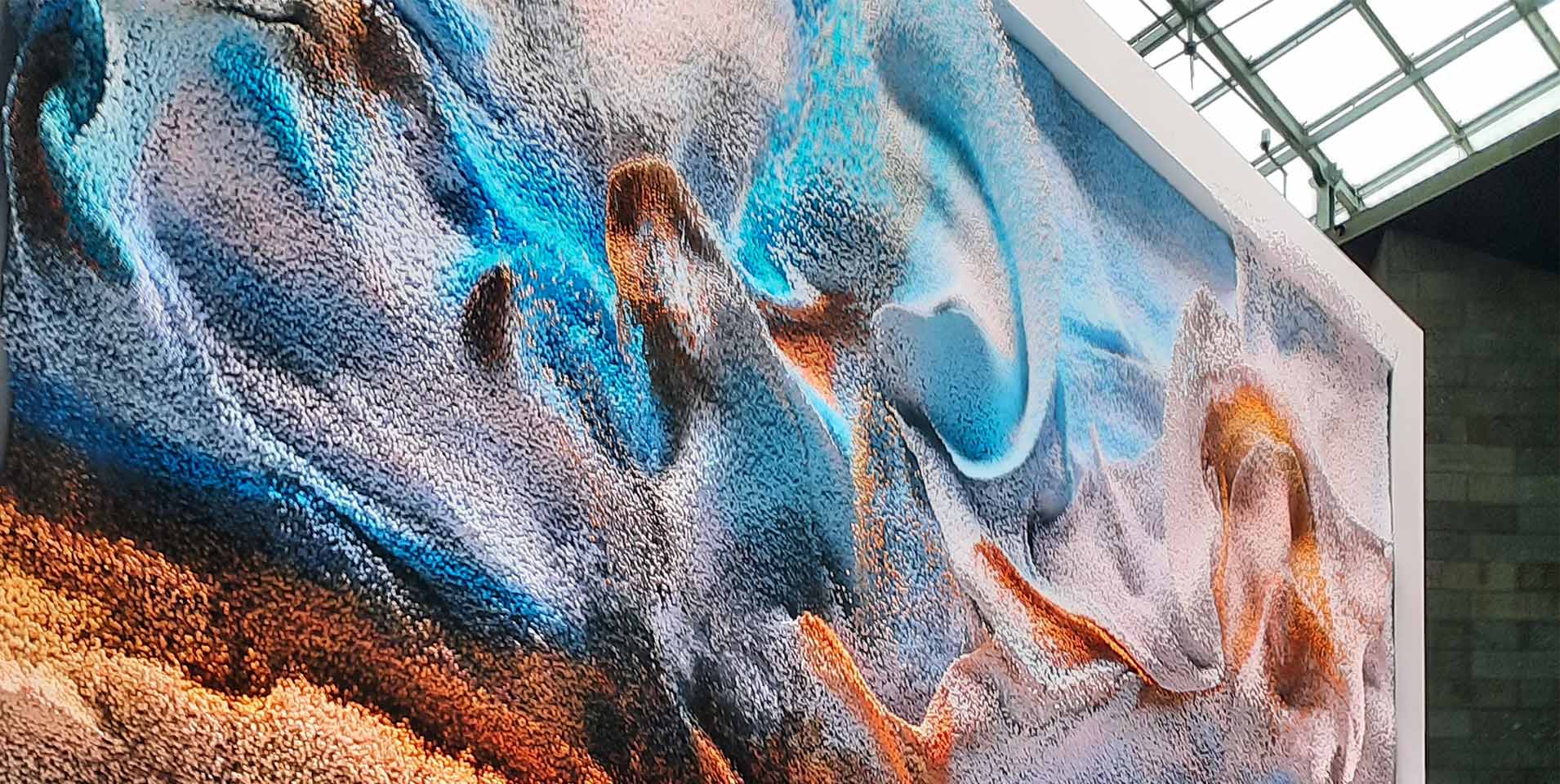
Did you know, GPS was created because of a bet between academics at an ivy league college in the states?
Do you have a personal anecdote of spontaneous creativity that led to a memorable outcome, an important event, a business idea?
As an early adopter and developer of the shared value concept, I remember asking one of its originators, Prof. Mark Kramer, how he came to develop it with Prof. Michael Porter, the Harvard academic famous for competition theory. His answer: “we were both dropping off kids at school and struck up a conversation in the hallway.” From there to an incredibly important global movement.
I was floored. But then started digging into this idea of incidental creative combustion. How important was context? Did it provide inspiration or, like fluid in a petri dish, catalysis?’
We are often so siloed in our roles that we are unable to ‘connect the dots’ – to see how one thought might bump into another and set of the chain reaction we have all witnessed in brainstorming sessions when (all too rarely) they work.
It is often through the collision of ideas and experiences in unexpected ways that creativity is sparked. The dots connect themselves.


This is the value in the moments in between.
To foster innovation and creativity, we must make the space for the serendipitous encounter. The mashing of worlds and thoughts that cast each in a new light. And we must not view this as peripheral to ‘the work’. Rather it is, and is essential, to the work.
Our company is dong a lot of work in workplace mental health at the moment. A recurring theme is that of purpose, and the importance of bringing the ‘whole self to work’.
This doesn’t (necessarily) mean graphic recounts of the weekend’s exploits! It means feeling like you can be part of the conversation and express yourself, and, through that, find new avenues to create value for the company and oneself. To untap the creative force that is in us all and place it where it might be most productive.
Where and when is this likely to happen?
We can call them the ‘moments in between’.
- Making a cup of tea in that (physician-mandated) trip away from the desk.
- In the taxi on the way to the event.
- In the airport on the way to a workshop
- Going to get coffee at a local café
- Sharing a home-made lunch
At the agency, we create space for chance encounters. We built a café which looks, feels and smells like a café and entices a short break over the grind. We designed the Realm of Possibilities, an Imaginarium and contrast from the focused productivity of the desk. And we go to the NGV.

Art inspires.
A favourite theme of undergraduate theses (guilty!), we actually don’t need empirical studies to validate what we experience when engaging with art. Love, hate, quandary – all our reactions stimulate critical thinking. The questions of why, what, when, how, where and WTF are all ignition for brains too used to repeating the same actions and responding to the same impulses.
Cultural development in an organisation should not reach its limits in team workshops, training rooms and EOFY functions. The frequency of interaction should reflect its value.
COVID-19 showed many of us how hard the creative process was in a Zoom call, Slack channel or group email conversation. We are adapting. Intimate spontaneity need not be digital. But there is something inherently human about physical interlocution – bringing the whole self.
We’ve certainly been encouraged, and relieved, by the escalating requests to meet in the Realm of Possibilities, our creative workshop space.
Hopefully, the images taken by our team members, at the NGV triennial, are all the evidence you need to believe in the potential.
See some art. Talk about it. Invent the next GPS.
If you have time, enjoy Steven Johnson’s TED talks on Where good ideas come from. If you don’t, make time!

